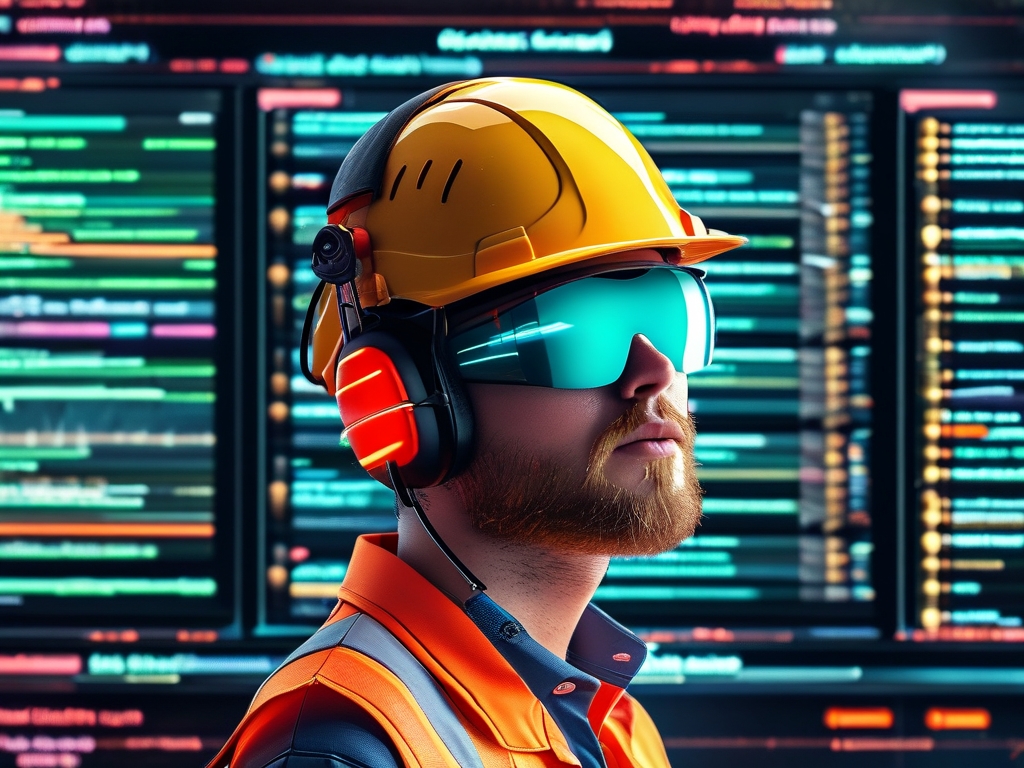Signal algorithm engineers play a pivotal role in modern technology, bridging the gap between theoretical mathematics and real-world applications. Their work underpins innovations in telecommunications, autonomous systems, healthcare, and beyond. This article explores the distinct categories of signal algorithm engineers, their specialized skills, and the industries they serve.
1. Communication Signal Engineers
Focused on wireless and wired communication systems, these engineers design algorithms for signal modulation, error correction, and channel coding. They optimize 5G/6G networks, satellite communications, and IoT protocols. Key tools include MATLAB, Python, and software-defined radios (SDRs). A deep understanding of Fourier transforms, filter design, and noise reduction is critical. For example, engineers at Qualcomm or Huawei develop advanced beamforming algorithms to enhance cellular network efficiency.
2. Radar and Sensor Signal Processing Engineers
Specializing in defense, aerospace, or autonomous vehicles, these professionals create algorithms for object detection, tracking, and environmental mapping. Lidar, radar, and ultrasonic sensors rely on their expertise in time-frequency analysis and machine learning. A Tesla Autopilot engineer, for instance, might design Kalman filters to improve obstacle recognition in real time. Knowledge of embedded systems and FPGA programming is often required.
3. Audio and Speech Processing Engineers
From noise-canceling headphones to voice assistants like Siri, these engineers develop algorithms for speech recognition, audio compression, and acoustic modeling. They use techniques like wavelet transforms and deep learning (e.g., convolutional neural networks) to isolate voices in noisy environments. Companies like Dolby Laboratories or Spotify hire experts in this niche to refine immersive sound experiences.

4. Biomedical Signal Engineers
Working at the intersection of healthcare and engineering, they analyze ECG, EEG, and MRI signals to diagnose diseases or improve medical devices. Algorithms for wearable health monitors (e.g., Fitbit) or brain-computer interfaces fall under their domain. Proficiency in Python’s SciPy library and familiarity with FDA regulations are common requirements. Projects might involve detecting arrhythmias using wavelet transforms or enhancing ultrasound image resolution.
5. General-Purpose DSP Engineers
These versatile engineers focus on foundational digital signal processing (DSP) techniques applicable across industries. They design FIR/IIR filters, implement Fast Fourier Transforms (FFT), and optimize algorithms for low-power hardware. Their work supports everything from consumer electronics to industrial automation. Mastery of C/C++ for embedded systems and MATLAB for simulation is essential.

Emerging Specializations
- Quantum Signal Processing: Pioneering algorithms for quantum computing and secure communication.
- AI-Driven Signal Enhancement: Combining traditional DSP with generative adversarial networks (GANs) for tasks like image super-resolution.
- Environmental Signal Analysts: Using sensor data to monitor climate change or predict natural disasters.
Skills and Education
A strong background in linear algebra, probability, and programming is non-negotiable. Most roles require a master’s degree in electrical engineering or computer science, though bootcamps and online courses (e.g., Coursera’s DSP specialization) are gaining traction. Certifications in AI frameworks (TensorFlow, PyTorch) or cloud platforms (AWS, Azure) add competitive value.
Industry Demand and Trends
The rise of 5G, autonomous vehicles, and AI-driven diagnostics fuels demand for signal algorithm engineers. According to the U.S. Bureau of Labor Statistics, jobs in this field are projected to grow 8% by 2032. Startups and tech giants alike seek talent capable of optimizing latency-critical systems or leveraging edge computing for real-time processing.
Signal algorithm engineering is a multifaceted discipline with opportunities spanning countless industries. Whether enhancing global communication networks or saving lives through medical innovation, these engineers shape the future of technology. Aspiring professionals should align their specialization with emerging trends while maintaining a strong foundation in core DSP principles.




